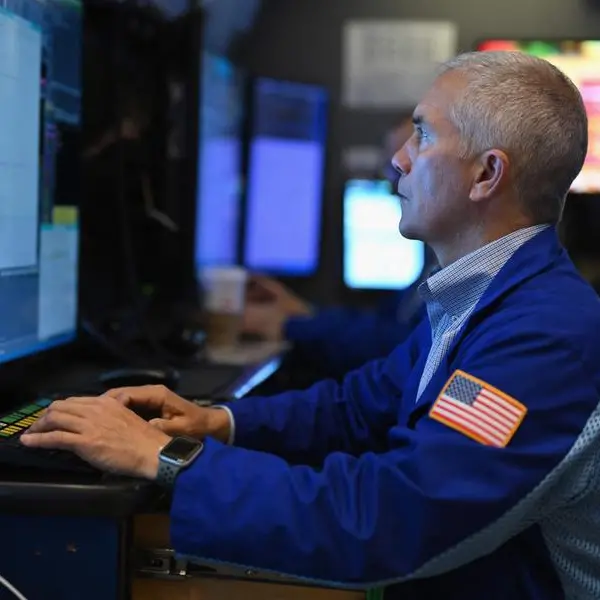PHOTO
ORLANDO, Fla. - If the consensus view of a strong dollar and higher U.S. bond yields in 2022 proves accurate, emerging markets are in for a rough ride, particularly in the first half of next year.
Just how bumpy will largely depend on the extent to which the Fed ending its bond buying and starting its rate-hiking cycle ultimately tightens U.S. financial conditions via a higher dollar and Treasury yields.
Emerging markets are particularly vulnerable on three fronts to tightening U.S. financial conditions: diminishing capital and portfolio inflows; rising inflationary pressures; and as a result of these two, higher domestic interest rates, which slow growth.
Goldman Sachs's U.S. financial conditions index shows that the ground for borrowing, lending, investing and spending in America has rarely been more fertile since the index was compiled more than 30 years ago.
The easing of conditions this year has been almost entirely down to the boom on Wall Street. This more than offset the tightening from a higher 10-year Treasury yield and stronger dollar, on track for their biggest annual rises since 2013 and 2015, respectively.
While it is reasonable to assume asset markets have to some extent already priced in the Fed's expected taper and rate increases next year, it is also reasonable to assume financial conditions will still tighten from the current historical lows.
Take the 10-year Treasury yield, which is currently around 1.50%. That may be some 50 basis points higher from a year earlier, but is 50 basis points - or more - below where many analysts thought it would be 12 months ago.
The flattening U.S. yield curve suggests the 10-year yield may not rise much from here. Similarly, there might not be much room for the dollar to rise further, having already strengthened 7% this year.
But emerging markets are so sensitive to both right now, that small rises may yet have an outsized impact.
"A challenging year for emerging market assets is nearing an end, but the year ahead could bring even greater obstacles," Societe Generale economists wrote in a recent note, adding that EM inflows will be depressed by the Fed's less-accommodative monetary policy, stronger dollar, and higher U.S. yields.
STAGFLATION
This is already happening, even though inflation-busting policy tightening cycles are underway in many emerging countries, notably Brazil and Russia. Bond inflows, in particular, are drying up.
Data from the International Institute of Finance in Washington show that debt portfolio net inflows into emerging countries last month totaled just $6.3 billion, the lowest since a $6.5 billion outflow in March.
IIF economists say high-frequency data show that capital flows to emerging markets not including China ground to a halt this quarter, essentially a "sudden stop."
When U.S. financial conditions are benign and it is cheap to borrow in dollars, investors seek the higher returns offered by riskier assets in the emerging world. But when U.S. borrowing costs rise, that proposition is no longer so attractive.
Investors are reluctant as it is to put cash into emerging markets when financial conditions are the loosest in decades. Will they suddenly be tempted when U.S. and global growth is slowing, the Fed is raising rates, and the dollar is rising
A stronger dollar adds further layers of complication for emerging markets: the resulting domestic currency weakness fuels domestic inflationary pressures; and it often depresses the prices of commodities which many EM countries export, hitting their terms of trade.
'Stagflation' - or at least 'stagflation-lite' - is playing out across the emerging world. Economists at Citi expect EM growth to slow to 4.5% next year from 6.6% this year, and inflation to rise to 4.3% from 3.8%.
The low growth/high inflation dynamic is particularly apparent in Latin America, where growth is seen falling to just 2% and inflation rising above 10%.
Analysts at Citi and SocGen reckon most emerging currencies will weaken against the dollar next year, even as the number of major EM central banks raising interest rates is likely to increase from the 12 that have already done so since May.
"Risk appetite towards EM – which already seems quite weak – will be constrained by a tightening of U.S. monetary conditions," Citi analysts wrote this week.
(By Jamie McGeever; Editing by Andrea Ricci) ((jamie.mcgeever@thomsonreuters.com; +1 (407) 288-5607; Reuters Messaging: jamie.mcgeever.reuters.com@reuters.net))











